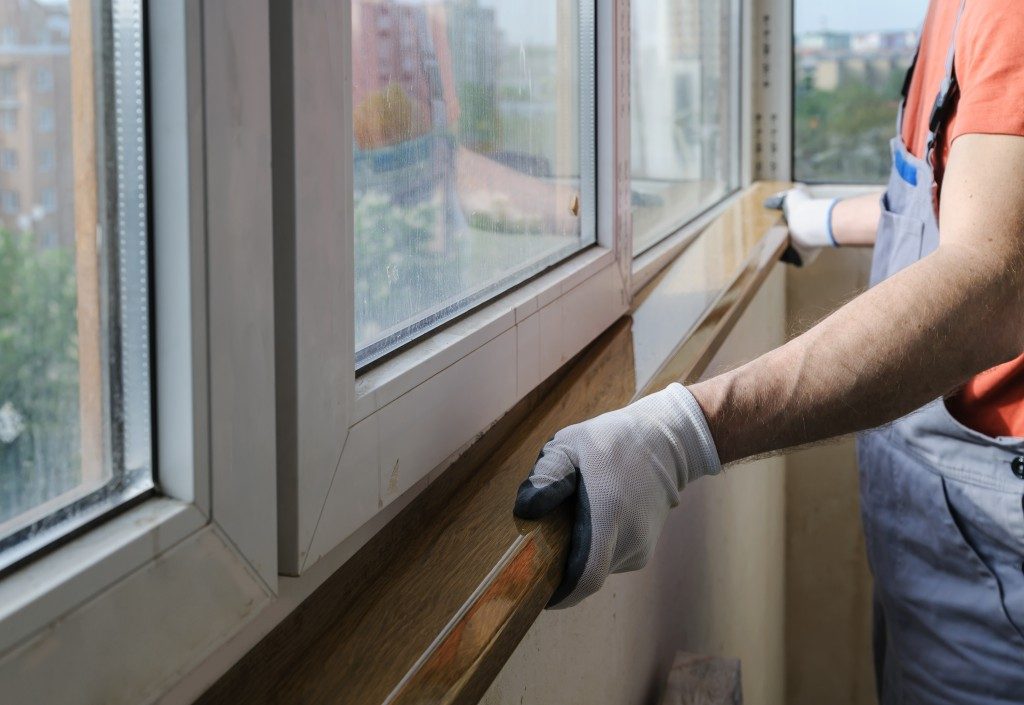Wood is among the most common yet reliable building materials. Thanks to its inimitable natural tones and grain designs, it offers a lot in terms of aesthetics and design. Its soft, permeable surface also makes it easier to attach parts and hardware by means of glue, nails, screws, or bolts. In fact, a typical practice to create a strong bond between two pieces of wood is the application of small amounts of wood glue in between the surfaces before screwing them together to further strengthen the connection. This is why choosing and applying the right wood glue is a must.
After all, the various types of wood glues available for sale in the market aren’t the same, and there’s a suitable choice for each specific project or application. Using the ideal glue will help preserve the sheen of your wood’s finish and create a strong bond. Moreover, when thinking of your next woodworking or repair project, pay close attention to the wood glue type you will use.
Selecting the Right Type
When buying an adhesive, you will notice quickly that there are a lot of types of wood glue. A majority of common wood glues are made from resins or synthetic polymers, which are surprisingly stronger than the wood itself. In addition, these glues are different in terms of bonding toughness, elasticity, toxicity, and resistance to fluid.
PVA or Polyvinyl Acetate
It is a substance composed of rubbery synthetic polymer that forms a flexible and permanent bond. This type may be non-toxic, but of course, it is still dangerous when ingested. It is also water-soluble and perfect for all sorts of wood repair, particularly for non-structural wood-to-wood bonds. Remember, these glues are also separated into two varieties. If you need it for indoors, choose the white varieties of PVA. The yellow varieties or the “carpenter’s glue” is designed for outdoor use.
Polyurethane

This glue is the beacon of all glues since you can use it for paint and wood floor finishes — basically, everything. Polyurethane is likewise a main ingredient in numerous wood glues, which is composed of a synthetic plastic resin that produces tight, long-lasting bonds. It bonds well in humid conditions since it’s moisture-activated.
CA or Cyanoacrylate
This glue is a quick-drying acrylic resin and is commonly known by consumers as the “superglue.” Once dried, the bonds produced by this glue becomes hard and unbending, which is ideal if you intend to have a temporary bond. Common uses of this glue include broken mugs, shoes, small furniture cracks, and the like.
Epoxy
If wood cracks and gaps are your main concern, well, this type of glue is what you need. Unlike the runny, liquid texture of most wood glues, epoxies are thicker in terms of consistency. It is composed of two types of formula, a hardener and a resin. Once dried, the epoxy’s durability and waterproof feature become top-notch, making it a staple material preferred by wood upholsterers and carpenters. In addition, the epoxy glue works best with dry, clean, and smooth surfaces.
Selecting the right type of glue is indispensable to create high-quality and sturdy outputs. It’s also necessary to achieve hard-wearing bonds that stay intact under different conditions.

